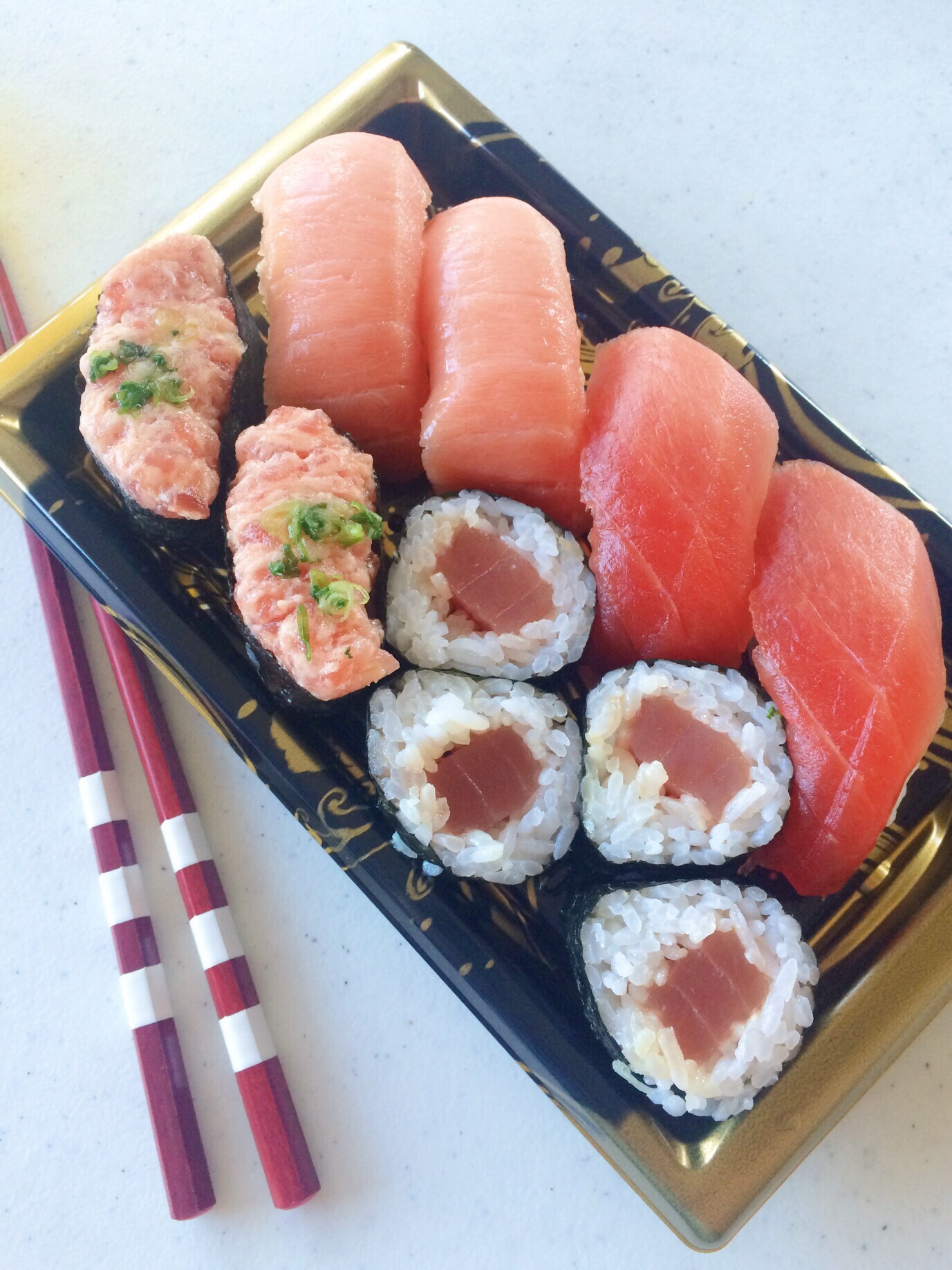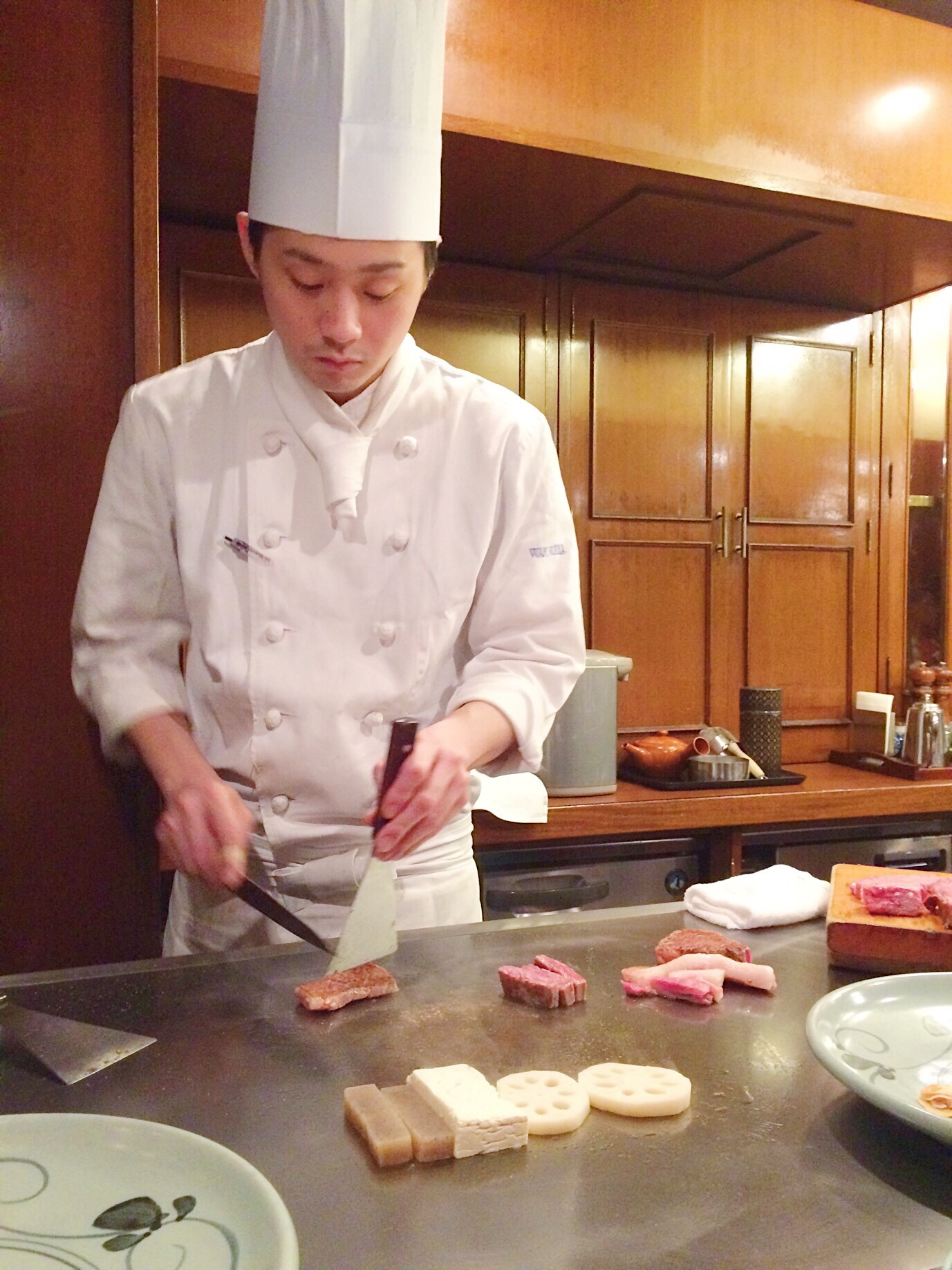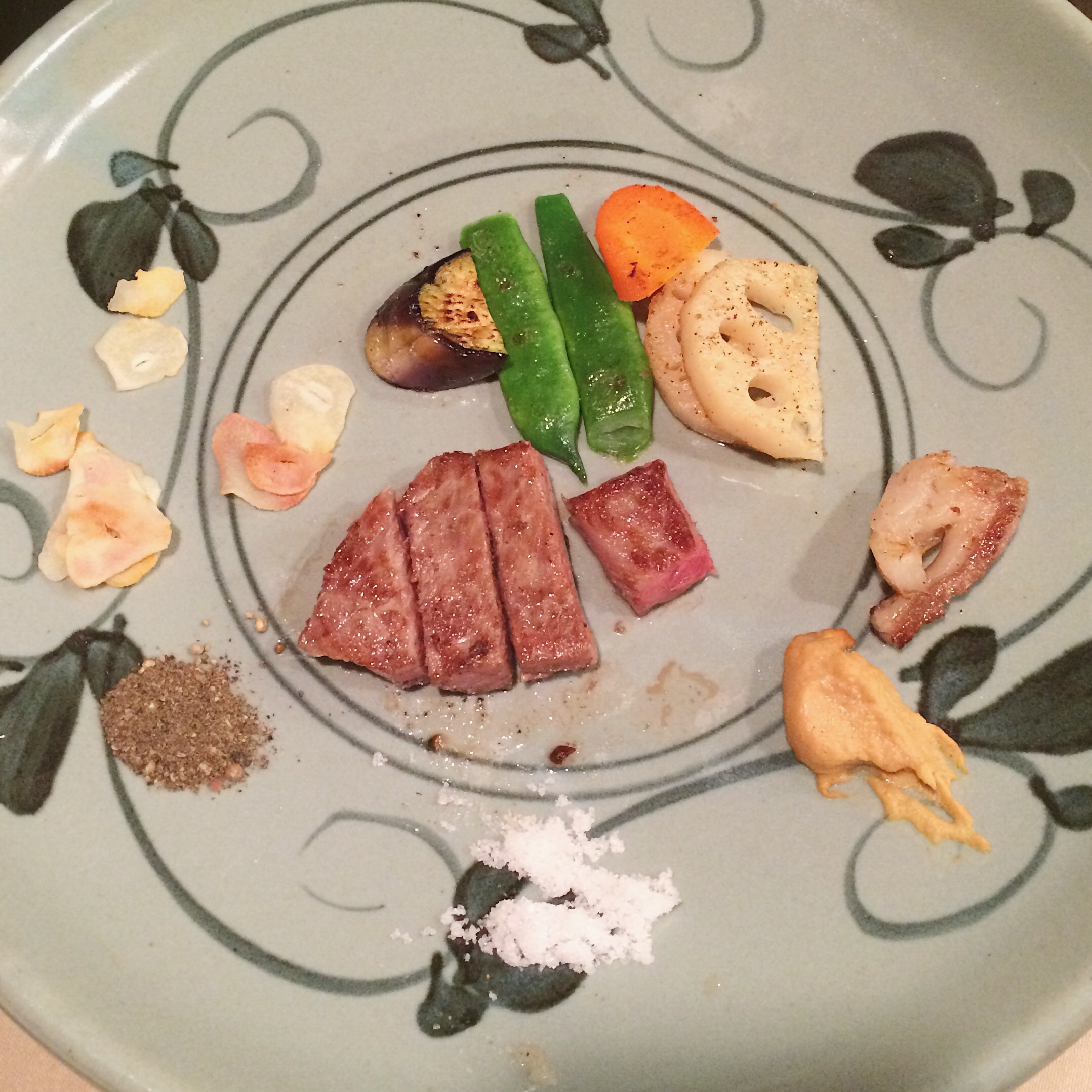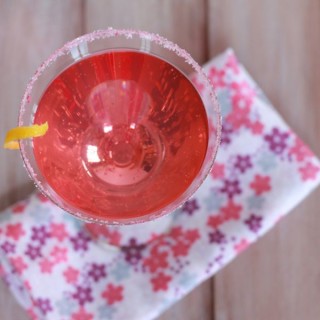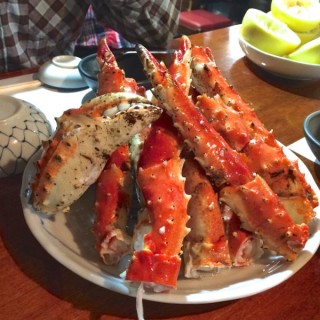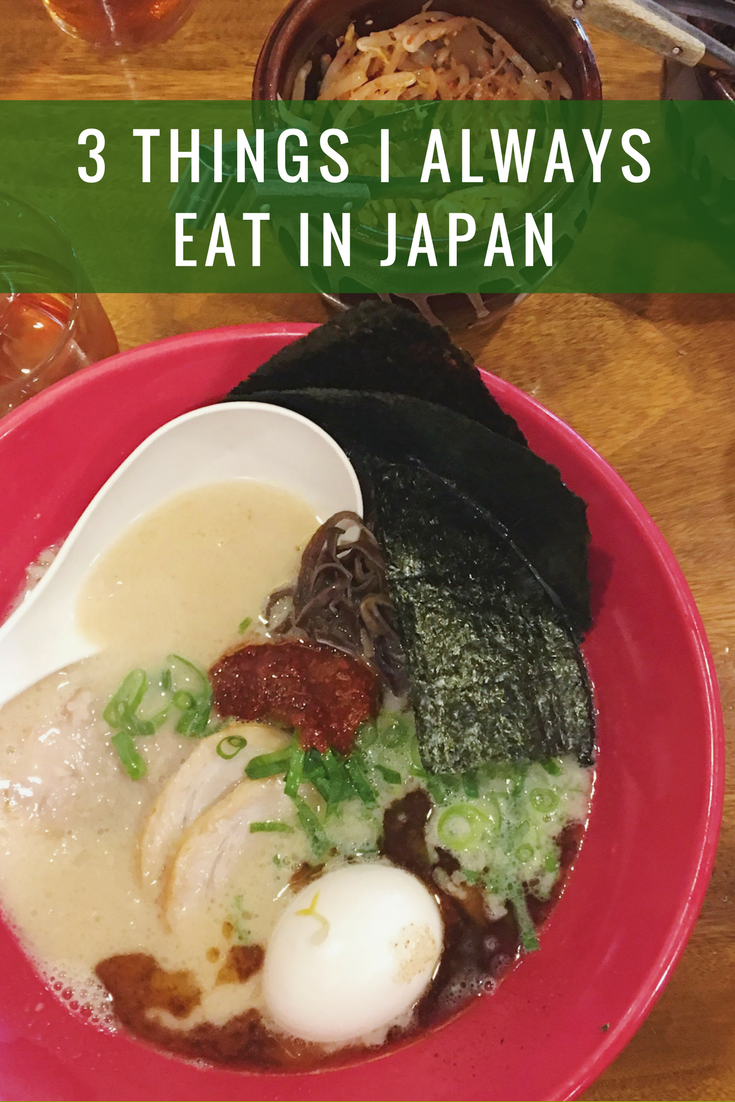 I lived in Tokyo for about three and half years, and have been really fortunate to return a few times since we left. It’s tough to play tourist when you lived in a city because you’re faced with a difficult decision: do you go back to all of your favorite restaurants, or do you try new places? I usually end up falling back on my old favorites, and probably because they never disappoint. Since Japan is such a hot travel destination right now, I thought people might find my food perspective helpful when planning their own trips!
I lived in Tokyo for about three and half years, and have been really fortunate to return a few times since we left. It’s tough to play tourist when you lived in a city because you’re faced with a difficult decision: do you go back to all of your favorite restaurants, or do you try new places? I usually end up falling back on my old favorites, and probably because they never disappoint. Since Japan is such a hot travel destination right now, I thought people might find my food perspective helpful when planning their own trips!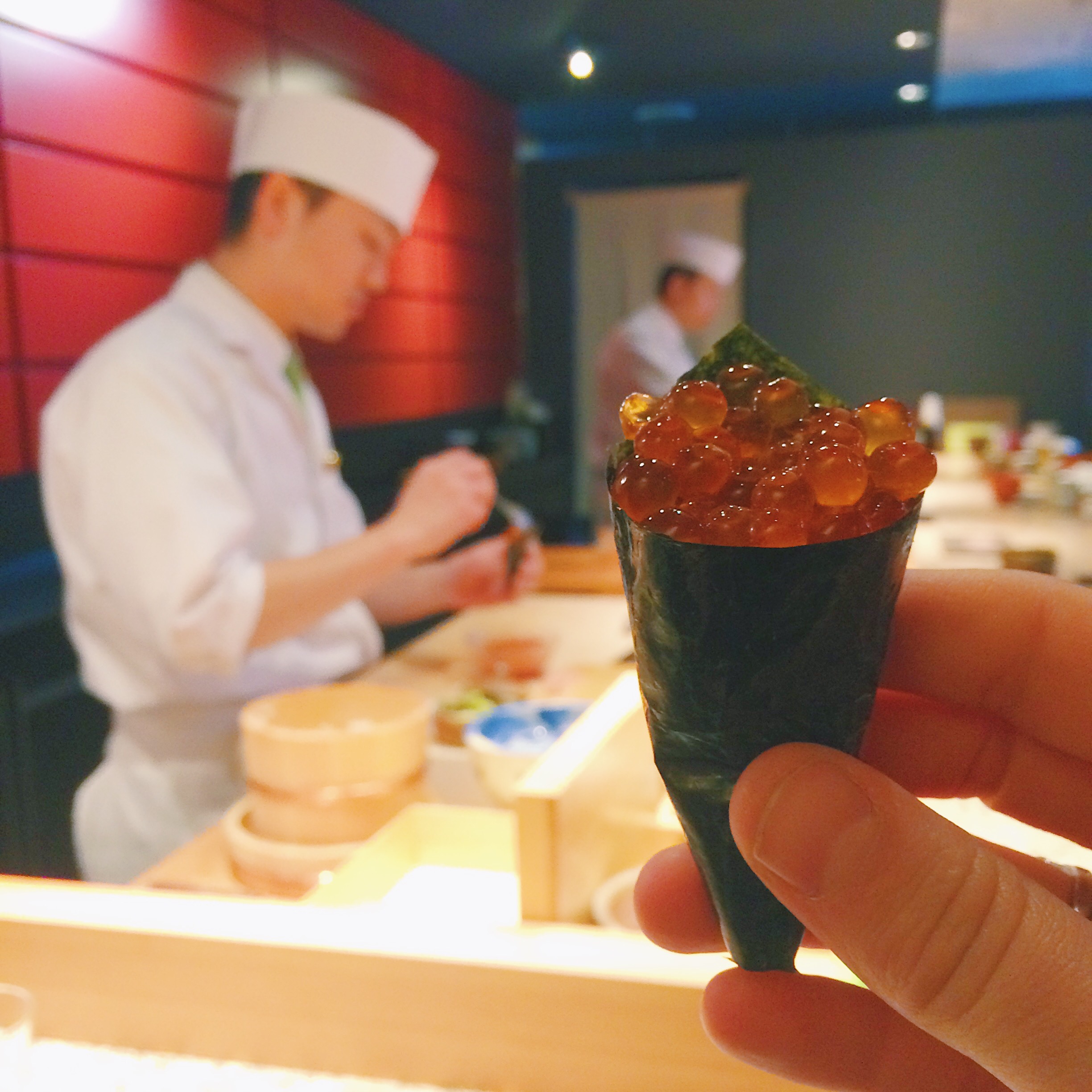
These top 3 are probably not terribly surprising, but I hope some of the specific details will be useful. Please forgive the iPhone photos – I just can’t bring myself to pull out the massive DSLR in restaurants (especially nice ones). Bad food/travel blogger, I know, but it feels a little rude to me and I hate drawing that much attention to myself! Introvert, much? But when you live somewhere, you’re not super excited to be known as “that annoying foreigner who always comes in here with her giant camera.” I prefer “that annoying foreigner who fails miserably when trying to speak Japanese.”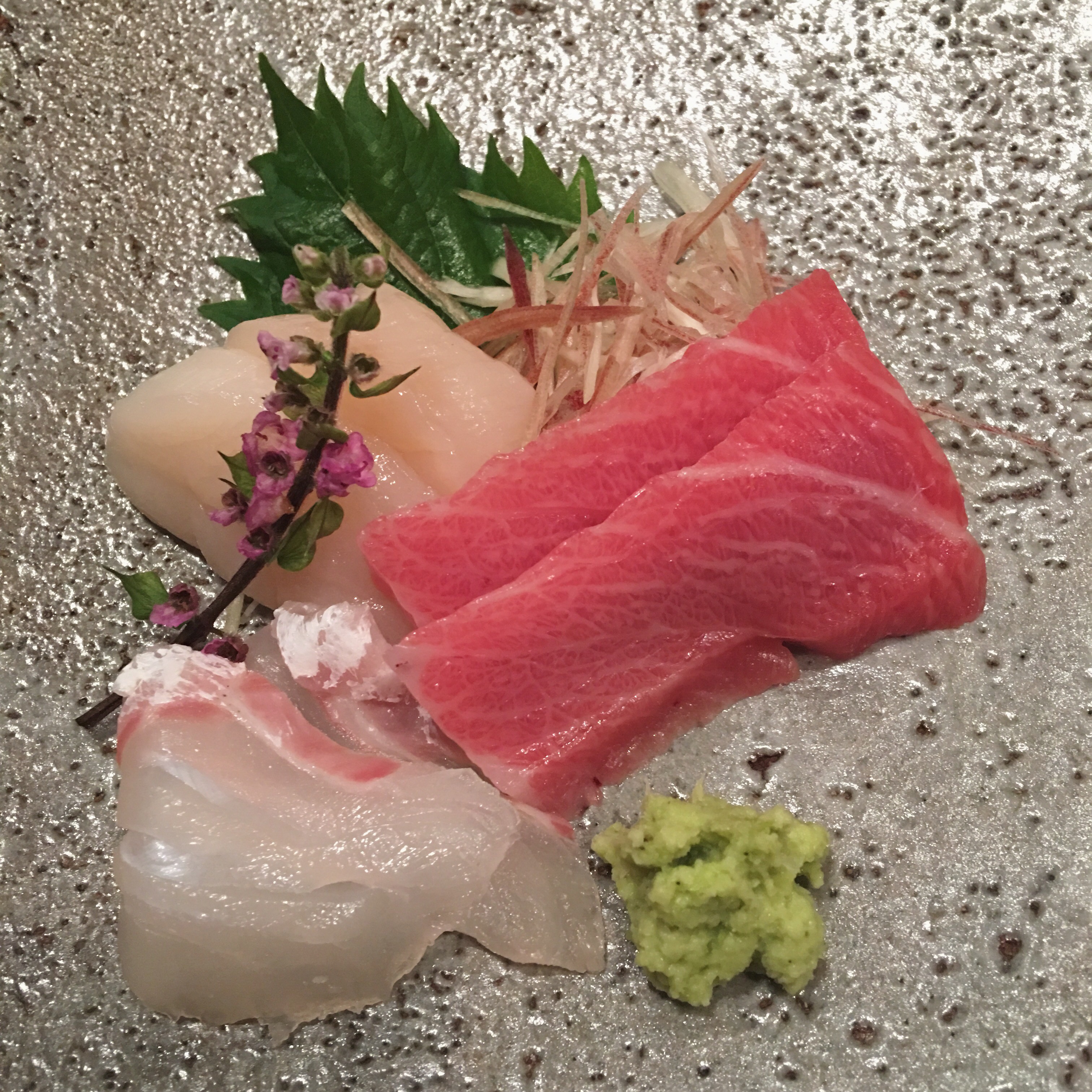
1. Sushi. Obviously. There are so many different sushi experiences you can have, but I try to do at least one of EACH of these three versions of sushi every time we go back:
Sushi lunch. Most of the mid-range sushi restaurants will serve a lunch set of about 8-10 pieces of nigiri, sometimes a small roll, miso soup, and green tea for $15-$50 (depending on the joint). It’s the best way to get high quality sushi on a budget. Even the REALLY nice places will usually have a sushi lunch for about half of what you pay for a dinner. It’s a completely different experience than dinner, of course, but if getting delicious fish into your mouth is your main goal then you’ll be very, very happy.
Supermarket sushi.
Step 1: Find a higher-end supermarket. There is usually one attached to the depachiko, which are those elaborate food courts in the basements of any major department store. Or they tend to be one level below the depachiko in major train stations like Shibuya.
Step 2: Seek out the refrigerated case for sushi.
Step 3: Buy an embarrassingly large container of sushi, one that is perhaps meant to feed 4-6 Japanese people.
Step 4. Take it back to your hotel, put on your stretchy pants, and go to town in the privacy of your own room where no one can judge how much sushi you’re eating.
You can spend as much or as little money on this as your budget allows. Depending on my mood, I’ll get a platter of various cuts of incredible tuna or assorted fish for about $25, or just a few pieces of beautiful sashimi for about $10. The tuna assortment pictured above was about $15 and was basically heaven.
In Shibuya Station, follow signs for the Tokyu FoodShow and then find the grocery store that’s a level below it. Good luck trying to decide which sushi you want from their case – it’s completely overwhelming and magical. Also, shop for sushi early, because they tend to be picked over by about 6pm.
The high end sushi experience. The omakase set at a higher-end sushi restaurant one of the most special dining experiences you can have. Period. The amount of time and effort that goes in to every single detail is absolutely incredible, from the lighting to the choice of dishes and, of course, the food itself. I strongly encourage you to do some research so you know what to expect and what to do, and you can be a good ambassador. Eating sushi is almost as much of an art as preparing it, and it’s possible to be unintentionally disrespectful if you’re not informed about the ritual and art. But don’t let that stop you! Do some research, ask questions, and observe the behavior of the diners around you.
Also fun: conveyer belt sushi. It’s more of a novelty and the fish is usually not very high-quality, so I don’t seek it out when I go back. But if it’s your first time in Japan, it’s a great experience and you should definitely try it.
2. Beef. Japanese beef is life-changing. You’ll never look at a giant slab of American beef the same way again, so be emotionally prepared for that at your next barbecue. This country knows how to season beef, too, and usually serves it with a variety of dipping sauces or salts to bring out the rich flavors. If you have the budget for a really good teppanyaki restaurant, you’re in for an incredible dinner and a show. The chefs at these restaurants have spent years (decades, even) mastering the art of cooking on a flat top, so sit back and take it all in during 4-6 glorious courses.
If you can’t find a teppanyaki restaurant in your price range (dinners tend to start at at least $100/person), there are many restaurants that serve a more à la carte version with perfectly-cooked steaks cut into bite-size pieces and delivered to your table with tiny dishes of salt, soy sauce, ponzu, grated daikon, wasabi, and more. If you don’t enjoy your beef medium-rare, however, this is not the experience for you. It’s frankly not worth spending the money, and most restaurants won’t even offer you options for how you want your meat cooked.
But if well-done beef is more your style, try the grill-at-your-table restaurants called yakiniku-ya in Japan (kind of like a Japanese version of Korean barbecue). They serve fantastic beef as well (and pork/seafood/veggies), but let you control the level of doneness.
3. Ramen. I know it’s old news in The States and probably in a lot of other countries, but I have yet to find a bowl back in the US that truly feels like Japanese ramen to me. And I’ve tried A LOT of ramen in search of that feeling. All of the restaurants I listed have a few locations around Tokyo (Ippudo & Ichiran are in other cities in Japan as well), which may sound off-putting. But I love that they’re consistent and ALWAYS produce an amazing bowl of ramen, so I don’t personally turn my nose up at ramen chains.
You can have absolutely have an incredible bowl at the mom & pop shops as well, or you can not really know what to order and try to ask someone and have them get annoyed at you because your Japanese is beginner-level and you turn bright red and start to regret ever walking into that restaurant and panic and push any button on the machine without knowing what you’re getting and end up with a really lackluster bowl of ramen and…where was I?
Oh yeah, I’m not messing around when I eat in Japan – I refuse to throw away a single meal, and these three places don’t disappoint:
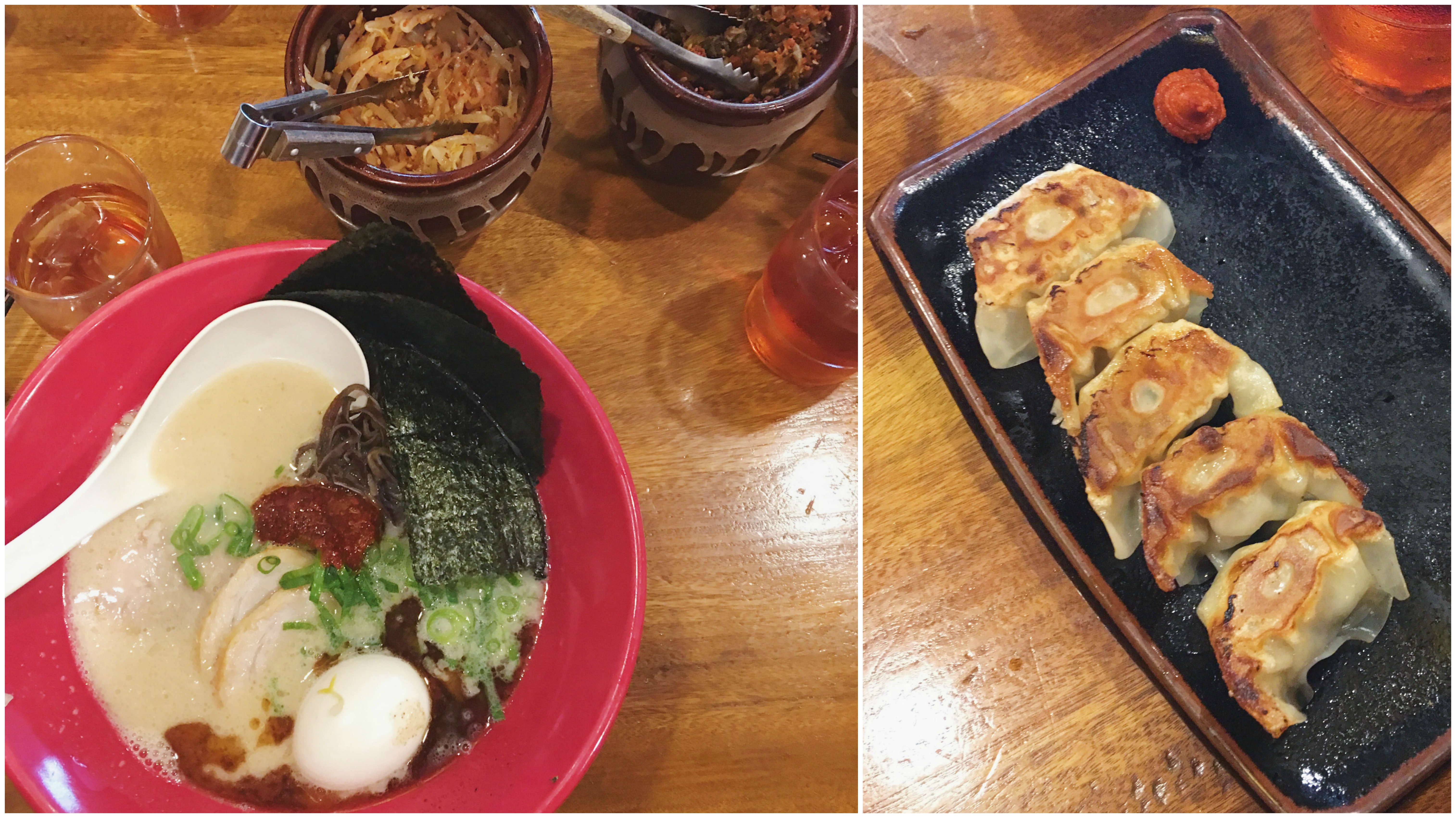 My personal favorite is Afuri, which has about half a dozen branches around Tokyo (and one in Portland that I intend to try this summer). Their broth is lighter, because it’s made from chicken and fish instead of the more traditional pork broth, called tonkotsu. They also grill the slices of pork belly before adding them to the ramen, which lends a gorgeous smoky flavor to the broth. The pickled bamboo shoots that they use are the best ones I’ve ever had in ramen, and the egg is always perfect. My go-to order is the yuzu shoyu ramen with maroaji, but they have a small selection of other non-ramen dishes as well (and a refreshing tsukemen in the summers). I love that they have an English menu, which eliminates some of the intimidating parts of ordering food in Japan.
My personal favorite is Afuri, which has about half a dozen branches around Tokyo (and one in Portland that I intend to try this summer). Their broth is lighter, because it’s made from chicken and fish instead of the more traditional pork broth, called tonkotsu. They also grill the slices of pork belly before adding them to the ramen, which lends a gorgeous smoky flavor to the broth. The pickled bamboo shoots that they use are the best ones I’ve ever had in ramen, and the egg is always perfect. My go-to order is the yuzu shoyu ramen with maroaji, but they have a small selection of other non-ramen dishes as well (and a refreshing tsukemen in the summers). I love that they have an English menu, which eliminates some of the intimidating parts of ordering food in Japan.
Ippudo is has international locations as well, but the menu offerings vary by country and even by location within the same city. I’ve had it in a few different countries, but Japan’s Ippudo is by far the best. My order is the aka miso ramen with AT LEAST five of their succulent mini gyoza with the most tender, delicate wrappers and a tiny dollop of fiery red yuzu koshio. Can you tell I love their gyoza? Ippudo’s broth is fantastic, and the pork belly is incredibly tender (although it can be a little fatty sometimes).
Ichiran is ramen for introverts that also happens to be delicious, although some of the locations are set up to accommodate groups or couples as well. You order at a machine and can sit at individual stalls with no view of your neighbors, then the food pops out through a window in front of you. There are a lot of different ways to customize your ramen, including richness, spice level, and how you want your noodles cooked. It’s fun to experiment and try different combinations. 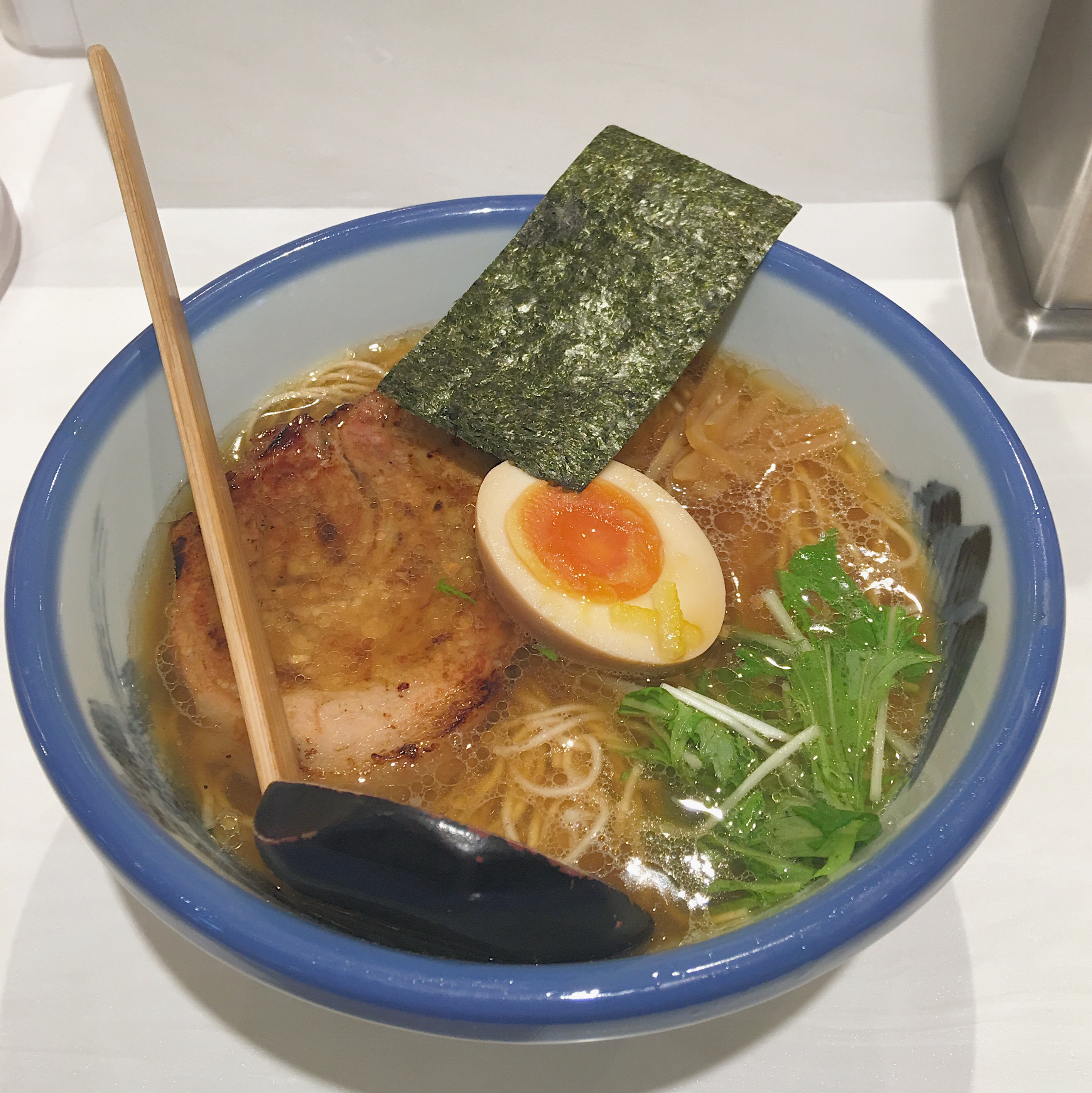
Bonus tip: if you don’t know what to order at a restaurant, the Japanese word for “recommendation” is osusume (o-su-su-meh). Just ask the server “osusume?” and they should get the point, then hopefully point to the house specialty or their personal favorite on the menu. If you have food allergies, be sure to learn how to say them or have a printout with your specific allergies that you can show servers.
These are just a few of my favorite things to eat in Japan. Honorable mentions include tempura, yakitori, soba, udon, unagi, matcha, onigiri, steam cakes…aaah! Too many things to mention! And there’s some incredible non-Japanese food in Tokyo, especially Thai, Indian, French, Italian, and a few Din Tai Fung locations. Hmm, I think I’ll need to do another post or four of food in Tokyo…
If you’d like any specific recommendations, leave me a note in the comments! I’m happy to help out if I can.
